Do you have problems with wildlife destroying your property? If wildlife is causing damage to your orchards, vineyards, fields or even around your house, we have a solution for you. Scent fences and electric fences are effective protection against pests such as wild boars, martens, deer or bears and wolves. In this guide, we explain how scent fences work, how to install them correctly, how to renew them and how they are beneficial. We also look at how to combine them with electric fences for maximum protection.
What is a scent fence and how does it work
A scent fence is an effective and affordable solution against wildlife that works on the principle of releasing an odour into the surrounding area. This odour mimics the smell of predators, which signals danger to wildlife and deters them from entering the protected area. The release of the odour is due to UV light acting on a carrier infused with an odour concentrate. The aim and purpose of a scent fence is to deter wildlife from where it is causing damage and redirect them back to their natural habitat.
Since there is no one-size-fits-all scent fencer for all types of pests, we offer a wide selection of scent concentrates that can be applied to different types of carriers. Each fencer is specifically designed for a particular game species and a specific purpose. Our range includes fencers designed for the following game species:
- Scent fencing against roe deer, fallow deer and red deer
- Scent fence against wild boar
- Scent fence for deer protection
- Scent fence against martens and weasels
- Odour fence against moles
- Odour fence against otters
- Odour fence against bears
- Scent fence against wolves
What protection do scent fences offer
Scent fences can be used in virtually any location where wildlife damage is a threat. Below are the most common installations to provide protection:
- Protection against deer gnawing - deer gnaw on branches and fruit, which can cause significant losses. Odour fences protect crops and prevent deer from entering.
- Protection against wildlife collisions - a major problem on roads where deer and wild boar collide with vehicles. Scent fences will help reduce the risk of traffic accidents caused by wildlife.
- Protection against antler defoliation - antler defoliation damages or completely destroys trees. Scent fences are designed to protect damaged areas or prevent damage from occurring in the first place.
- Protecting crops and crops - feral pigs devastate fertile fields and crops. With scent fences you effectively prevent extensive damage.
- Protection against African swine fever - a proven aid in closing off an African swine fever disease zone.
- Vineyard protection - the combination of scent fencing and smelling leads to minimized losses when black or deer destroy the vineyard.
- Protecting your car against martens - martens often cause damage to cables and engine seals. Stop chewed cables in your car with a marten scent repellent.
- Protecting poultry and hen runs - martens and weasels look for easy places to feed, and hen runs are just that. Odour fences installed in close proximity to hen runs functionally repel the pest.
- Pond and lake protection - Otters can decimate fish populations in a matter of weeks. Odour fences will deter them from hunting.
- Protecting sheep and goat herds - wolves and bears attack pastures with free-ranging livestock. Specially developed scent fences mimic the smells that predators consider a threat.
- Protecting beehives - bears are attracted to the smell of beehives from a long distance, mainly because of the rich nutrient content. Odour fences protect beehives from attacks and destruction.
Advantages of scent fences
The leading advantages of scent fences are their ease of installation and low purchase cost. They are a simpler solution compared to conventional fencing and can be used even in difficult terrain such as hills or dense vegetation. Another very important advantage is the eco-friendly design of the scent carriers, which are often biodegradable and have a fertilizing effect.
What you need to install an odour fence
To install a smell fence you will need:
- A wooden stake - the number of stakes needed depends on the overall length of the fence. To ensure maximum effectiveness of the odour fence, we recommend spacing the stakes approximately 5 metres apart.
- Carrier adapter - protects the BIO10-PO carrier from adverse conditions such as rain or mechanical damage.
Carriers for odorous substances- The BIO10-PO odour carrier is a regular-shaped polymer carrier with dimensions of 55 × 35 × 45 mm and contains 50% starch, making it an environmentally friendly product. It is biodegradable, has fertilising effects and allows for the gradual release of the odourant. This carrier is universally applicable in areas that need to be protected from wildlife, including agriculture, horticulture, fruit growing, viticulture, forestry, landfill sites or around public roads.
- The BIO10-S Odour Carrier - a biodegradable, irregularly shaped carrier with 50% starch content offers the same properties as the BIO10-PO model. It is biodegradable and ideal for use in agriculture, horticulture, fruit growing, viticulture, forestry, landfill sites or along busy roads. In addition, it issuitable for deer rescue - simply place it in meadows and fields before the hay field, ideally by 10 May, to protect deer from being led out into the grass.
- Anti-mole scent carrier - wood wool coils - an eco-friendly scent carrier specifically designed to combat moles. It is applied directly to the ground, specifically to moles, where it effectively repels moles and prevents them from continuing.
- PU Foam Odour Carrier for Odour Fencing - 750 ml - Polyurethane spray foam serves as an effective odour carrier to repel wildlife. It is ideal for orchard and ornamental tree protection applications, but can also be used indoors, for example in attics or barns as protection against martens. It is also suitable for African swine fever control measures. Application is easy - use the included tube to form the foam into a tennis ball sized sphere. Once hardened, poke three holes approximately 3 cm deep into the sphere and fill with odour concentrate.
- Odor concentrate - or spray odorants - are offered by pest and predator species.
- Scent fence concentrate against deer
- Scent fence concentrate against deer collision
- Wild boar scent fence concentrate
- Scent fence concentrate for deer
- Smell fence concentrate for martens
- Smell fence concentrate for moles
- Odour fence concentrate for otters
- Smell fence concentrate against bears
- Smell fence concentrate against wolves
Step-by-step instructions for installing a scent fence
Attach an adapter to the pole, tree, branch or fence where you can insert the odor carrier or apply spray foam. The adapter is not necessary, but its use prolongs the effectiveness of the odor fence by protecting the carrier from rain and mechanical damage.
Apply your chosen odour fence concentrate to the odour carrier at three points, spraying each spot for one second. This leaves the odour fence ready to protect your property for approximately three months. To remain effective, the odour barrier must be renewed regularly, ideally four times a year.
Important note: Always wear protective equipment, especially gloves, when handling chemicals to avoid skin contact.
Maximum effect with a combination of odour and electric fencing
Still not sure?
Do you still have other questions that you haven't found the answer to? If you are interested in learning more about odour barriers or combining them with electric fencing, please do not hesitate to contact us.


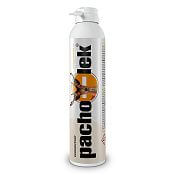
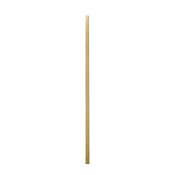
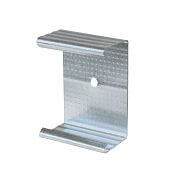
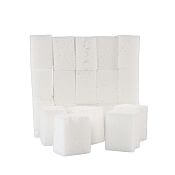
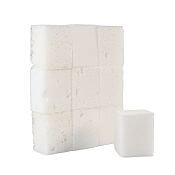
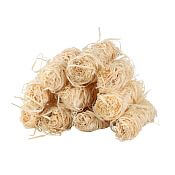
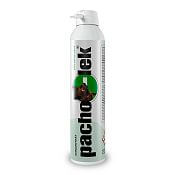
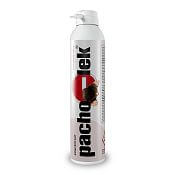
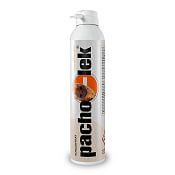
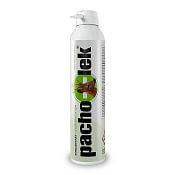
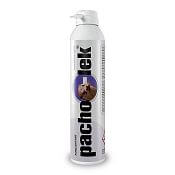
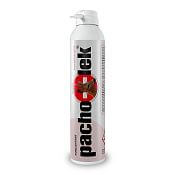
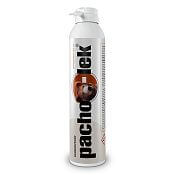
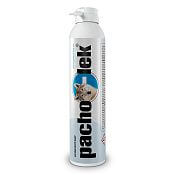

Comments to the article
Insert comment